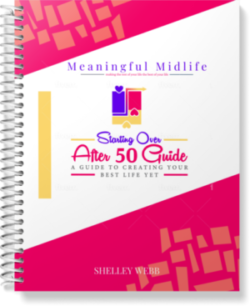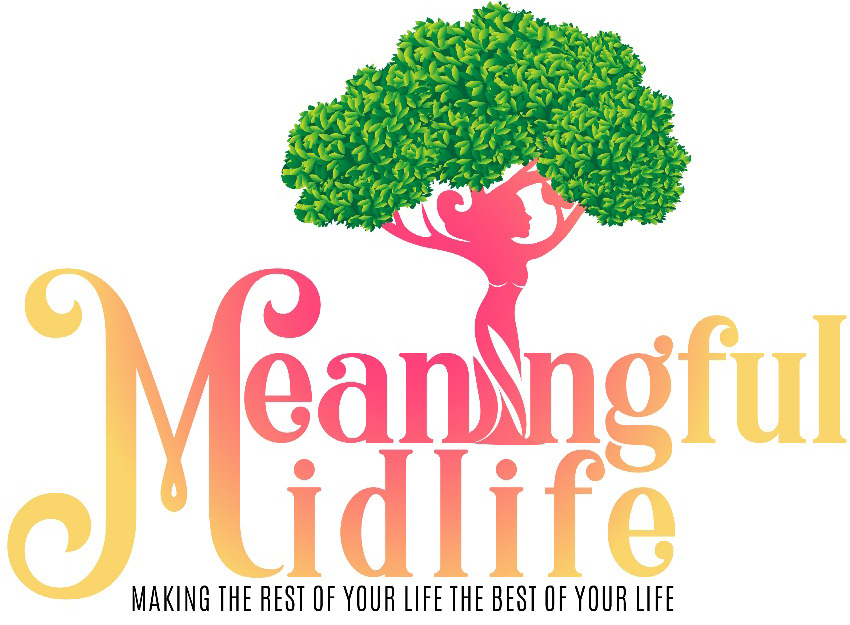 We have talked about the benefits of puzzles to our aging parents and loved ones before. Today, I’ve asked Karen Miller to share with you the story of Mary who has benefitted from working with puzzles especially created for aging adults.
We have talked about the benefits of puzzles to our aging parents and loved ones before. Today, I’ve asked Karen Miller to share with you the story of Mary who has benefitted from working with puzzles especially created for aging adults.
Silently… I gathered the puzzles together. It’s a wrap up… packed my puzzles… said goodbye.
On the drive home… Mary’s video played over and over… tears rolled down.
Flashback: Introducing Mary to Memory Jogging Puzzles
As I laid a 6 piece puzzle on the table in front of Mary, I asked if she would like to work on a puzzle. She… nodded… wanted to do a puzzle.
Gradually, I separated the puzzle… laying the pieces around within her reach.
She eagerly picked up one piece, then another… turning… closely observing, each knob (tab).
Mary knew the pieces went together and tried in every way possible to fit knobs into place. She held the pieces in her hands and adjusted each on edge, flat… trying each opening.
After a bit, I tapped on the table saying it would be easier here and the pieces will stay together. She obediently put the pieces on the table and tried earnestly to find two that went together. (I didn’t rush her… I was pulled into her time).
Discovering a piece she liked… twisted and turned it… measuring each knob and her search began.
Her fingers moved slowly over the pieces, feeling their curves before they made their way into the puzzle.
Mary, like many others, tried to force the pieces into place.. Sometimes she would have the right piece, but couldn’t make it fit because it was on top of another piece (this is common). At this point, I would guide the piece into place… saying… it fits perfect. (When possible I gently guided with one finger… just a little nudge and it falls into place… showing her, you don’t have to force it)
Upon completion… You did a good job Mary… and she pointed for another puzzle.
As Mary started her 2nd puzzle, I moved across the table to observe her from a distance.
This time …she took the puzzle apart and laid the pieces around, just as I did. And then …began her routine.
Picking up one piece… analyzing every curve, then randomly picking up another. Testing each knob in open areas searching for that right fit.
This process was done in her hands not on the table. (I was thinking later perhaps she needed to get the pieces closer to see them clearly or maybe she just wanted to.)
She was extremely focused, not hurried… when she felt the pieces in her hands were correct, she would put them into the pieces on the table.
Every once in a while she would look up at me, not saying anything… her eyes told me… she wanted my help and her hands were stalled in place on the puzzle.
Each time… the piece(s) were correct, sometimes the angle was just a bit off and she couldn’t get it to fit, but she was never frustrated or anxious.
Each time she completed a puzzle… good job… it is perfect. You are great with puzzles!
Immediately… she would reach out for another puzzle… and we would go through the process again.
It took Mary about 7-10 minutes to put a 6 piece puzzle together. I don’t know if she was faster at the end… but her touch became softer placing the chunky pieces down and into place. I could actually see a visual change in her hands while placing pieces down… more relaxed. She handled the wood puzzles great and she was amazing.
On automatic, very intense… full concentration, never taking her eyes off the puzzle or pieces… except when she looked up at me.
After she completed all of the themes I asked if she had a favorite puzzle. Not responding right away, I thought perhaps she didn’t understand or hear me… then… she picked one up and said “this one”. (I had been with her an hour, heard nothing and no facial expression… her eyes were her voice).
Mary’s unique way…
Mary would discover two pieces that went together, by putting them together in her hands, then, laid them down on the table. Find two more pieces, put those together in her hands; tried to maneuver those two pieces (together) into the puzzle on the table. This is rather difficult… the wood pieces hang together making it easier.
She usually had the right pieces, knew where to put them… if she couldn’t put them into place… she would look up… my cue.
After several puzzles it appeared she was studying the picture more, by gliding her finger on the top surface of the knobs.
I was impressed with her focus… nothing distracted her… she was enjoying what she was doing… even though she was silent. Expressing only by her actions… pointing… wanting to do more.
Bingo was being played… in the same room. I kept asking if she wanted to stop and play bingo… shook her head no… pointed to another puzzle.
It was a challenge for her and she loved it. (Mary would have continued all day… none stop). She was experiencing success…
Doctors say that old habits are buried in our memories. That is why puzzles are beneficial exercises for Alzheimer’s and Dementia patients.
Karen Miller is the Owner/Developer of Memory Jogging Puzzles http://memoryjoggingpuzzles.com
These puzzles are specifically made for persons with Alzheimer’s Disease and other dementias. On her website, Karen states:
“Inspired by memories of yesterday… and my families frustrations
dealing with the lack of age appropriate activities for mother,
who had devastating strokes and dementia.
Knowing and observing her struggles gave me inside information and guidance
creating activities and games for you and your loved ones.
Proven to capture attention, improve memory, motivate and build confidence.”
Karen has kindly donated a puzzle to be given away to one of our readers. To be considered for the drawing, simply make a comment on any one of our posts and you’ll automatically be entered.
LEARN TO LOVE YOUR LIFE AGAIN
 Do you feel like you need to hit the REFRESH button on your life? Download our free guide and begin to create your best life yet!
Do you feel like you need to hit the REFRESH button on your life? Download our free guide and begin to create your best life yet!


